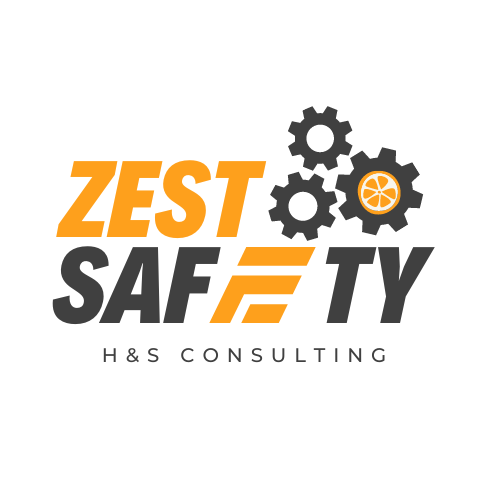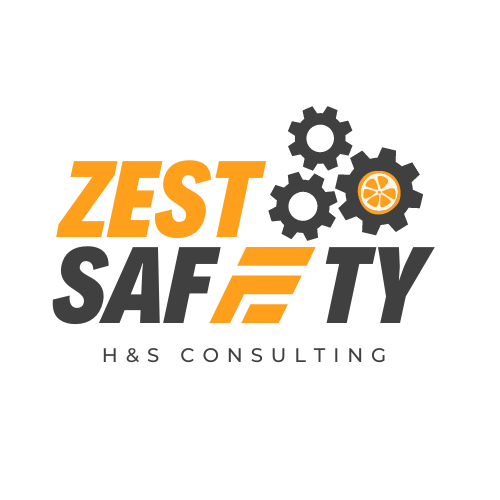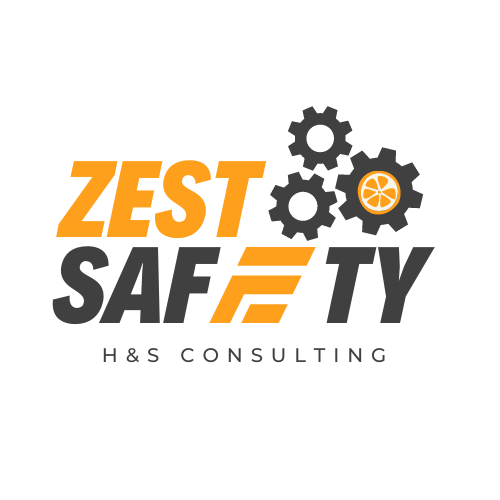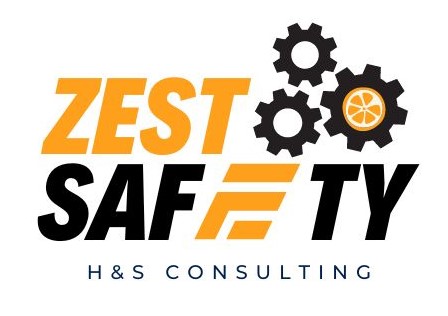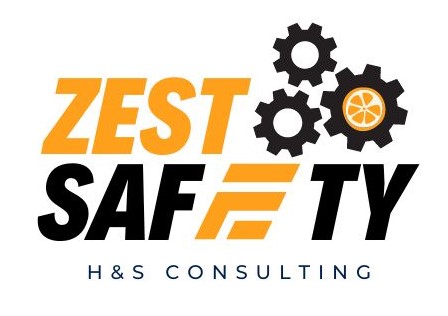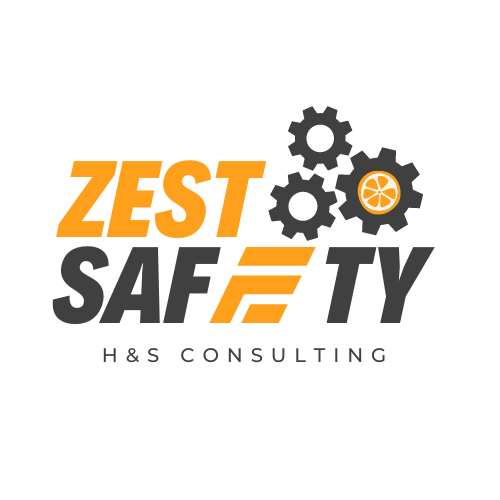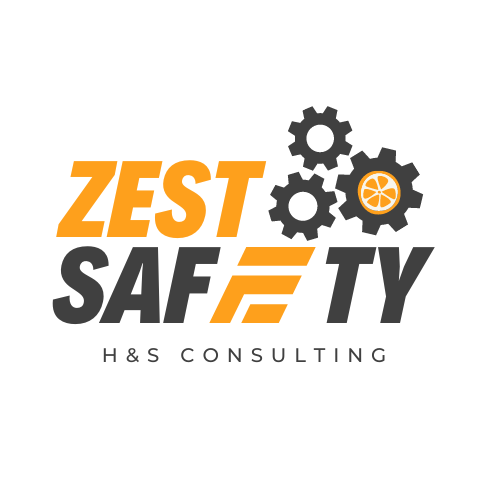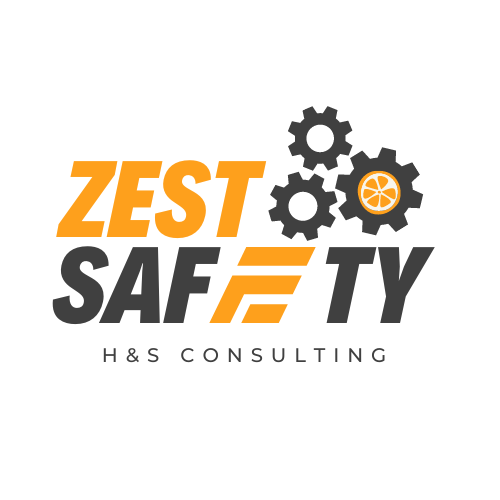Fire & Emergency Response
-
Site conducted
-
Location address
-
Conducted on
-
Prepared by
Fire & Emergency Response
Emergency Response
-
Are evacuation routes clearly marked and unobstructed (by equipment, merchandise, a recent delivery etc)? (Note this includes corridors towards exit doors, fire exits and other obvious exit points such as open warehouse roller doors)
-
Are all fire exits properly labelled and illuminated? (check that the light on the exit sign is illuminated)
-
Are all exit doors (not just Fire-doors) able to be unlocked from inside and free of barriers or blockages on the outside (a NZ Building Code and Fire & Emergency Regulations Requirements). Note: check the door opens easily; check the other side of the door if this opens out into a public area and ensure it is clear, and that people are not walking out into another hazard.
-
Has a safe assembly point been identified outside the warehouse?
-
Are all staff aware of the designated assembly point? (Ask some of those on duty at the time)
-
Are all staff members aware of how to trigger the alarm in case of an emergency? (Ask some of those on duty at the time)
-
Have all staff members received awareness training on emergency evacuation procedures, such as the annual toolbox talk? (ask some of those on duty at the time)
-
Are staff aware of their roles during an emergency evacuation and who will be the emergency warden? (Ask those on duty at the time)
-
Have regular trial evacuation drills been conducted? (6-monthly legal requirement in NZ), and have these been documented? (Check the records of the trial evacuations)
-
Are there plans in place to assist customers with disabilities or other special needs during an evacuation?
-
Is there an emergency response plan, updated in the last 2-years, and is it specific to this site?
Fire Hazard Response
-
Are fire extinguishers and fire hoses (if fitted) easily visible, accessible, and not blocked by equipment, boxes, or other items? (Note there must be free access to all extinguishers and fire hoses).
-
Are fire extinguishers and fire hoses (if fitted) properly maintained and checked within the required testing dates? (Check - there must be a yellow tag showing it has been inspected by a suitable qualified person annually and physically pressure tested every 5-years from new).
-
Is there a sign above each extinguisher to indicate the location of the extinguisher, and the sign is for the same type of extinguisher (e.g. dry powder, CO2, water, etc)?
-
Are the manual call points (the break-glass alarm panels) in good condition, not blocked or covered by anything, and appear operable?
-
Are smoke detectors fitted and in good working order? (If they are part of the building alarm system mark the question as 'yes' and add notes, otherwise test the alarm by pressing the 'test' button on the smoke alarm).
-
Are combustible materials (e.g., cardboard boxes, paper) stored away from heat sources or electrical outlets?
-
Are wooden pallets stored at least 15-metres away from the building?
-
Are all products stored at least 1.5-metres away from smoke/fire detectors or sprinkler heads or ceiling lights?
-
Is storage in the stockroom well-organized, with items stacked in a way that doesn’t obstruct sprinklers or ventilation?
-
Are portable heaters, if used, positioned away from combustible materials and not left unattended?
Sign-off
-
Signature of person completing audit.
